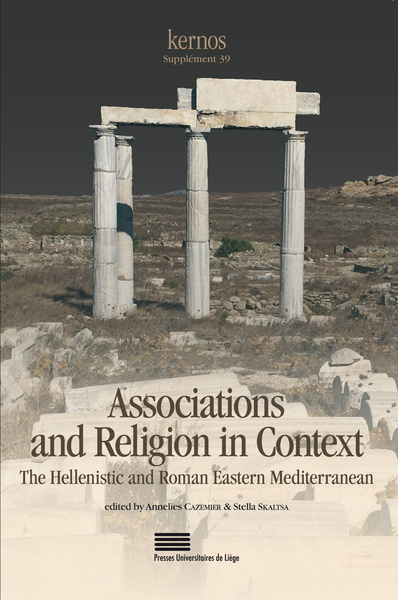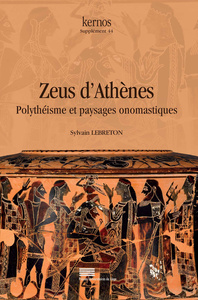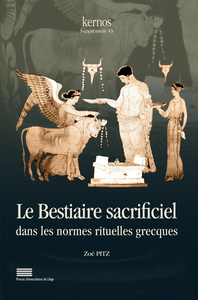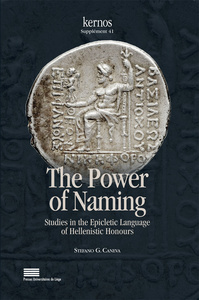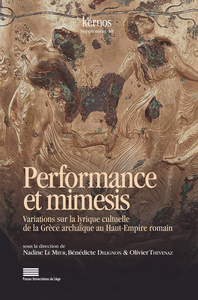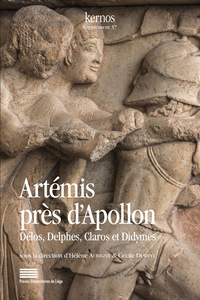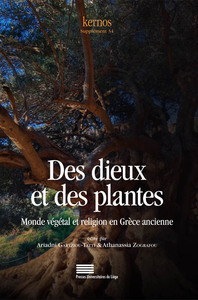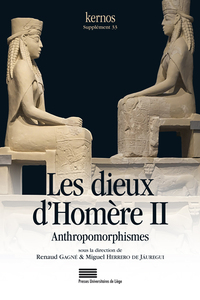Nous utilisons des cookies pour améliorer votre expérience. Pour nous conformer à la nouvelle directive sur la vie privée, nous devons demander votre consentement à l’utilisation de ces cookies. En savoir plus.
ASSOCIATIONS AND RELIGION IN CONTEXT - THE HELLENISTIC AND ROMAN EASTERN MEDITERRANEAN
Pulg - EAN : 9782875623041
Édition papier
EAN : 9782875623041
Paru le : 28 mars 2022
40,00 €
37,91 €
Disponible
Pour connaître votre prix et commander, identifiez-vous
Notre engagement qualité
-
 Livraison gratuite
Livraison gratuite
en France sans minimum
de commande -
 Manquants maintenus
Manquants maintenus
en commande
automatiquement -
 Un interlocuteur
Un interlocuteur
unique pour toutes
vos commandes -
 Toutes les licences
Toutes les licences
numériques du marché
au tarif éditeur -
 Assistance téléphonique
Assistance téléphonique
personalisée sur le
numérique -
 Service client
Service client
Du Lundi au vendredi
de 9h à 18h
- EAN13 : 9782875623041
- Collection : KERNOS SUPPLEME
- Editeur : Pulg
- Date Parution : 28 mars 2022
- Disponibilite : Disponible
- Barème de remise : NS
- Nombre de pages : 381
- Format : H:240 mm L:160 mm
- Poids : 1kg
- Résumé : The terms ‘religious association’ or ‘cult association’ are regularly used in scholarship, but their use and applicability have been in need of critical re-assessment for some time. In an attempt to find a more nuanced approach and gain a better understanding of the formation, organisation, and aims of ancient associations, this volume seeks to elucidate the wider context(s) of associations’ religious as well as social and cultural dimensions. A series of questions have shaped the volume’s agenda: How and to what extent did religion inform the activities of ancient associations? What was the role of so-called religious associations in promoting social, political, cultural, and/or economic life in post-classical poleis? What role did religion play in associations’ self-representation and in their relations with individuals, groups, local authorities, and/or external powers? To what extent were associations responsible (within their region or more widely) for religious innovation, for example the introduction of new cults or the introduction of new cultic practices? All in all, the papers demonstrate that important insights can be gained from considering the multifarious aspects of associations in close conjunction. They illustrate how the various dimensions (religious, social, funerary, etc.) of associative life are closely connected, with religious aspects usually taking a prominent place. These aspects informed and expressed associations’ internal dynamics as well as their outward group identity and self-representation. Cultic activities and affiliations ultimately inform us about the places of private collectivities in society more broadly.

